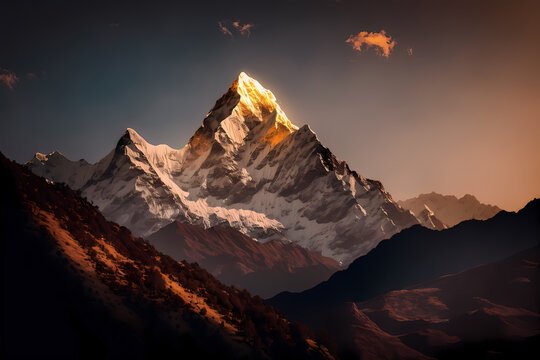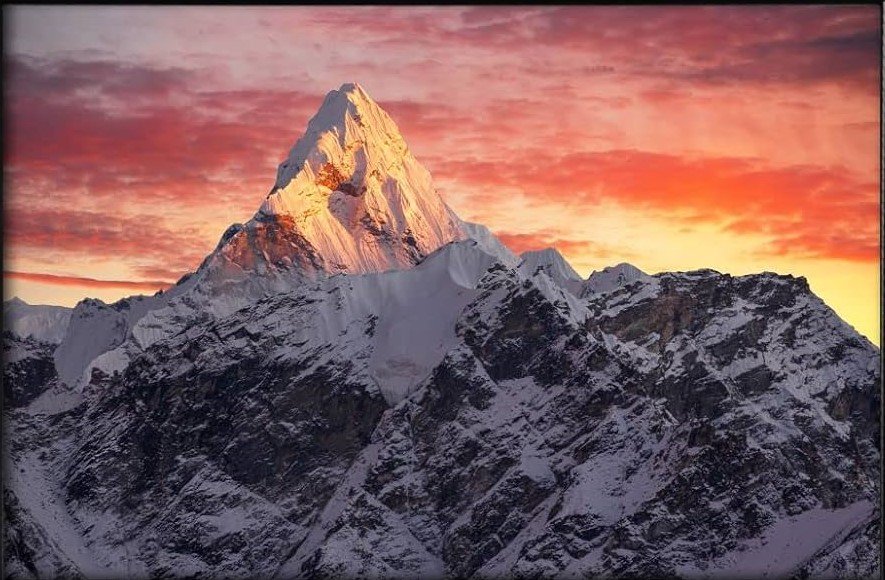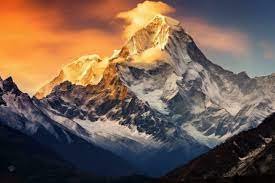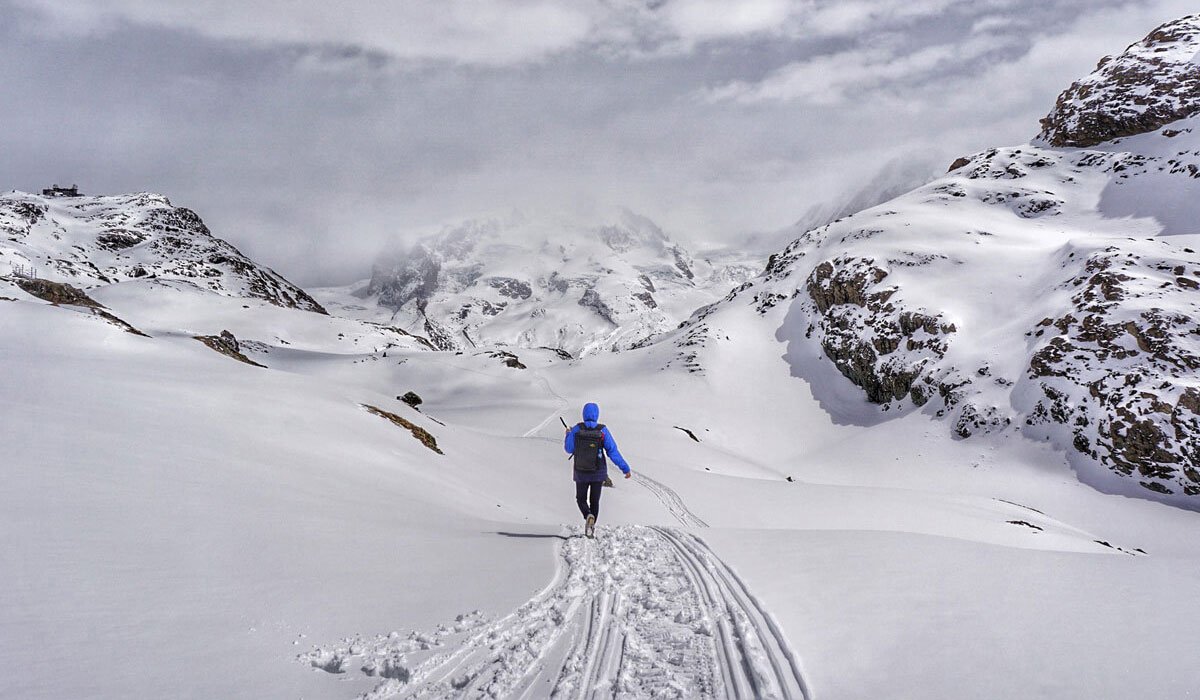01.Introduction:
Everest Base Camp has been the most popular and most expected tourist destination for traveller for hundreds of years. Nestled amidst the awe-inspiring peaks of the Himalayas lies a destination that beckons adventurers and enthusiasts from across the globe—the Everest Base Camp. Situated at an altitude of over 5,300 meters (17,600 feet), this iconic site serves as the launching point for expeditions to the summit of Mount Everest, the tallest peak on Earth. However, its appeal extends far beyond the realm of mountaineering, drawing in trekkers, nature lovers, and cultural enthusiasts alike.

In this article, we delve into the myriad reasons why Everest Base Camp stands out as one of the world’s most coveted and beloved destinations, captivating the imagination of travelers and leaving an indelible mark on those who venture to its heights.
02.Historical Background:
The historical background of Everest Base Camp’s popularity can be traced back to the early 20th century when explorers and mountaineers began to set their sights on conquering the world’s tallest peak, Mount Everest. The first recorded attempts to summit Everest took place in the 1920s, with expeditions led by renowned figures such as George Mallory and Sir Edmund Hillary.
However, it was not until 1953 that the ultimate triumph was achieved when Sir Edmund Hillary of New Zealand and Tenzing Norgay, a Sherpa of Nepal, successfully reached the summit of Mount Everest. This historic feat captured the world’s attention and sparked a surge of interest in Everest and the surrounding region.
Following this monumental achievement, Everest Base Camp emerged as the starting point for ambitious climbers seeking to follow in the footsteps of Hillary and Tenzing. Over the decades, advances in technology, transportation, and mountaineering techniques have made Everest more accessible, attracting an increasing number of adventurers from all corners of the globe.
Beyond its significance in the realm of mountaineering, Everest Base Camp has also become a symbol of exploration, adventure, and human endeavor. Its remote location amidst the stunning Himalayan landscape, coupled with the allure of standing at the foot of the world’s highest peak, has captivated the imagination of travelers worldwide.
Moreover, the cultural richness of the region, with its vibrant Sherpa communities, ancient monasteries, and breathtaking scenery, adds another layer of appeal to Everest Base Camp. Trekkers and nature enthusiasts flock to the area not only for the challenge of the trek but also for the opportunity to immerse themselves in the unique culture and natural beauty of the Khumbu region.
03.Geographical and Cultural Significance:
a. Geographical Significance:
Everest Base Camp holds immense geographical significance due to its location in the heart of the Himalayas, the highest mountain range on Earth. Situated at an altitude of over 5,300 meters (17,600 feet), the base camp offers unparalleled views of the surrounding peaks, including the majestic Mount Everest itself. The rugged terrain, towering peaks, and dramatic landscapes of the region attract adventurers and nature enthusiasts seeking to experience the raw beauty of the Himalayas firsthand.
Additionally, Everest Base Camp serves as a crucial staging point for mountaineering expeditions to the summit of Mount Everest. Climbers from around the world converge at base camp to acclimatize to the high altitude, organize equipment, and embark on the arduous journey to the summit. Its strategic location and infrastructure make it an essential logistical hub for mountaineering endeavors in the Everest region.
b. Cultural Significance:
In addition to its geographical importance, Everest Base Camp holds profound cultural significance, particularly for the indigenous Sherpa communities that inhabit the surrounding region. The Sherpas, renowned for their mountaineering prowess and intimate knowledge of the Himalayas, have long played a vital role in supporting expeditions to Everest.

The cultural heritage of the Sherpa people is woven into the fabric of life in the Everest region, reflected in their traditions, religious practices, and way of life. Visitors to Everest Base Camp have the opportunity to interact with Sherpa guides, porters, and villagers, gaining insight into their rich cultural heritage and deep connection to the land.
Moreover, Everest Base Camp is home to several Buddhist monasteries and sacred sites, adding another layer of cultural significance to the area. Monasteries such as Tengboche Monastery, with its ornate architecture and serene ambiance, serve as spiritual centers for the local community and provide a glimpse into the religious beliefs and practices of the Sherpa people.
In summary, the geographical and cultural significance of Everest Base Camp intertwine to create a destination that is not only visually stunning but also spiritually and culturally enriching. It serves as a meeting point of nature and humanity, where the awe-inspiring beauty of the Himalayas converges with the rich cultural heritage of the Sherpa people, making it a truly extraordinary and cherished destination for travelers worldwide.
04.Trekking Routes and Itinerary:
a. Trekking Routes:
There are several trekking routes that lead to Everest Base Camp, each offering unique experiences and scenery. Some of the most popular routes include the classic Everest Base Camp trek via the Khumbu Valley, which starts from Lukla and passes through iconic Sherpa villages such as Namche Bazaar, Tengboche, and Dingboche. Another option is the Gokyo Lakes trek, which traverses the Gokyo Valley and offers stunning views of the turquoise Gokyo Lakes and surrounding peaks. Additionally, trekkers can choose alternative routes, such as the Three Passes trek or the Everest Base Camp trek from Jiri, for a more adventurous and off-the-beaten-path experience.
b. Itinerary:
A typical itinerary for trekking to Everest Base Camp spans approximately 12 to 16 days, depending on the chosen route and pace of travel. The itinerary typically includes acclimatization days to help trekkers adjust to the high altitude and minimize the risk of altitude sickness. Each day involves hiking for several hours along scenic trails, with overnight stays in teahouses or lodges in Sherpa villages along the route. Key highlights of the itinerary may include visiting Namche Bazaar, exploring Tengboche Monastery, ascending to the viewpoint of Kala Patthar for panoramic views of Everest, and finally reaching Everest Base Camp itself. Trekkers can also incorporate side trips to attractions such as the Everest View Hotel, Gokyo Ri, or the Khumbu Icefall for additional adventure and exploration.
05.Natural beauty and Scenic Attraction:
a. Natural Beauty:
The Everest region is renowned for its unparalleled natural beauty, encompassing towering Himalayan peaks, pristine glaciers, lush forests, and picturesque valleys. Trekking to Everest Base Camp offers trekkers the opportunity to immerse themselves in this stunning landscape and witness the raw power and majesty of the Himalayas up close. Along the trekking route, trekkers are treated to panoramic views of iconic peaks such as Mount Everest, Lhotse, Nuptse, Ama Dablam, and Thamserku, among others. The ever-changing scenery, from snow-capped mountains to verdant meadows to rocky terrain, creates a mesmerizing backdrop for the journey and leaves a lasting impression on travelers.

b. Scenic Attractions:
In addition to the awe-inspiring mountain vistas, the Everest region boasts a plethora of scenic attractions that captivate the imagination and draw visitors from around the world. Some of the key scenic attractions along the trekking route include:
– Sagarmatha National Park: A UNESCO World Heritage Site, Sagarmatha National Park is home to diverse flora and fauna, including rare species such as the snow leopard and Himalayan tahr. Trekkers can explore the park’s lush forests, alpine meadows, and glacial valleys, encountering colorful rhododendron blooms, cascading waterfalls, and pristine rivers along the way.
– Dudh Koshi River: The Dudh Koshi River, known as the “Milk River” due to its milky white waters, meanders through the Khumbu Valley, carving a path through the rugged terrain and offering mesmerizing views at every turn. Trekkers cross the river on suspension bridges adorned with prayer flags, adding to the scenic allure of the journey.
– Everest Base Camp: The ultimate scenic attraction of the trek is, of course, Everest Base Camp itself. Situated amidst the towering peaks and vast glaciers of the Everest region, base camp offers trekkers a surreal and awe-inspiring setting to rest, reflect, and marvel at the natural wonders that surround them. The sense of accomplishment and wonder that accompanies reaching base camp is matched only by the breathtaking beauty of the landscape.
06.Challenges and Adventures:
a. Challenges:
Trekking to Everest Base Camp presents a multitude of physical, logistical, and environmental challenges that test the endurance and determination of adventurers. These challenges include:
– High altitude: The trek to Everest Base Camp takes place at altitudes ranging from 2,800 meters (9,186 feet) to over 5,300 meters (17,600 feet) above sea level, where oxygen levels are significantly lower. Altitude sickness, characterized by symptoms such as headache, nausea, and fatigue, is a common concern for trekkers and climbers.
– Harsh weather conditions: The Himalayas are known for their unpredictable weather, which can change rapidly and dramatically. Trekkers may encounter snow, rain, wind, and extreme temperatures, particularly at higher elevations, adding an additional layer of difficulty to the journey.
– Remote and rugged terrain: The trail to Everest Base Camp traverses rugged terrain, including steep ascents, rocky paths, and narrow mountain passes. Trekkers must navigate challenging terrain, river crossings, and suspension bridges, often in remote and isolated areas far from civilization.
– Physical exertion: Trekking to Everest Base Camp requires a high level of physical fitness and endurance. Trekkers may face long days of walking for several hours at a time, carrying a backpack with essential gear and supplies. The altitude and terrain can make even simple tasks more strenuous, requiring perseverance and mental resilience.
Despite these challenges, overcoming them can be immensely rewarding, offering a sense of accomplishment and personal growth.
b. Adventures:
Despite the challenges, trekking to Everest Base Camp is a once-in-a-lifetime adventure filled with unforgettable experiences and breathtaking scenery. Some of the adventures and highlights of the journey include:
– Spectacular views: Along the trek, trekkers are treated to breathtaking views of the Himalayan peaks, including Mount Everest, Lhotse, Nuptse, and Ama Dablam, among others. The towering mountains, pristine glaciers, and picturesque valleys create a stunning backdrop for the journey.
– Immersive cultural experiences: Trekking through the Everest region provides opportunities to immerse oneself in the rich culture and traditions of the Sherpa people. Visitors can explore traditional Sherpa villages, visit Buddhist monasteries, and interact with local inhabitants, gaining insight into their way of life and spiritual beliefs.
– Camaraderie and community: The trail to Everest Base Camp fosters a sense of camaraderie among trekkers from around the world. Sharing the challenges and triumphs of the journey creates bonds and friendships that endure long after the adventure is over.
– Sense of achievement: Reaching Everest Base Camp is a significant milestone and a testament to one’s determination and perseverance. Standing at the foot of the world’s tallest peak, surrounded by towering mountains and vast glaciers, is a moment of awe and triumph that will be remembered for a lifetime.
07.Cultural Immersion and Local Hospitality:
a. Cultural Immersion:
Trekking to Everest Base Camp offers travelers a rare opportunity to immerse themselves in the rich cultural heritage of the Sherpa people and the Himalayan region. Some key elements of cultural immersion include:
– Sherpa culture: The Sherpa people, renowned for their mountaineering prowess and resilience, have inhabited the Everest region for generations. Trekking through Sherpa villages such as Namche Bazaar, Khumjung, and Pangboche provides insights into their traditional way of life, customs, and beliefs. Visitors can observe traditional Sherpa architecture, visit Buddhist monasteries adorned with colorful prayer flags and intricate murals, and participate in religious ceremonies and festivals.
– Buddhist influence: Buddhism plays a central role in Sherpa culture, and the Everest region is dotted with ancient monasteries, stupas, and prayer wheels. Trekkers have the opportunity to explore these sacred sites, interact with Buddhist monks and nuns, and gain a deeper understanding of Buddhist philosophy and practices.
– Local traditions and rituals: Traveling through the Everest region allows visitors to witness and participate in various cultural traditions and rituals, such as traditional dances, ceremonies, and celebrations. These events provide insights into the Sherpa way of life and foster connections between travelers and local communities.
b. Local Hospitality:
One of the defining aspects of trekking in the Everest region is the warm hospitality and generosity of the local people. Despite the remote and rugged terrain, Sherpa villagers welcome trekkers with open arms and extend their hospitality in various ways, including:
– Teahouse accommodation: Along the trekking route, trekkers stay in traditional teahouses or lodges operated by local families. These cozy accommodations offer a glimpse into Sherpa home life and provide opportunities for cultural exchange and interaction with hosts.
– Delicious cuisine: Sherpa cuisine, characterized by hearty and nutritious dishes, is a highlight of the trekking experience. Trekkers can savor local delicacies such as dal bhat (rice and lentil soup), momos (steamed dumplings), and tsampa (roasted barley flour), prepared with fresh ingredients and served with warmth and hospitality.
– Friendly encounters: Trekking in the Everest region often involves encounters with friendly locals, including Sherpa guides, porters, and villagers. These interactions create meaningful connections and cultural exchanges, enriching the overall experience of the journey.
08.Personal Growth and Achievement:
a. Personal Growth:
Trekking to Everest Base Camp presents numerous challenges, both physical and mental, that push individuals out of their comfort zones and encourage personal growth. Overcoming obstacles such as high altitude, rugged terrain, and inclement weather fosters resilience, perseverance, and mental fortitude. Additionally, the immersive cultural experiences and interactions with local communities promote empathy, cultural awareness, and a broader perspective on the world. Through the trials and triumphs of the journey, trekkers often develop a deeper understanding of themselves, their capabilities, and their place in the world.
b. Achievement:
Reaching Everest Base Camp is a significant milestone and a testament to one’s determination, dedication, and perseverance. Standing at the foot of the world’s tallest peak, surrounded by breathtaking Himalayan scenery, is a moment of awe and triumph that symbolizes the culmination of months of preparation and hard work. The sense of achievement that accompanies reaching this goal is unparalleled, instilling a profound sense of satisfaction, pride, and accomplishment in trekkers. Moreover, the journey to Everest Base Camp serves as a reminder of the power of setting goals, pushing boundaries, and pursuing dreams, inspiring individuals to strive for excellence in all areas of life.
09.Conclusion:
In conclusion, Everest Base Camp stands as an emblem of adventure, perseverance, and profound natural beauty. Throughout this journey, we’ve uncovered the allure of this iconic destination, from its historical significance as a mountaineering hub to its cultural richness and the breathtaking landscapes that define the region. Trekking to Everest Base Camp is not merely a physical challenge; it’s a transformative experience that tests our limits, fosters personal growth, and leaves an indelible mark on our souls.
As we reflect on the challenges overcome, the cultural immersion experienced, and the sense of achievement felt upon reaching Base Camp, it becomes clear why this journey continues to hold such widespread appeal. It’s more than just a trek; it’s a journey of self-discovery, cultural exchange, and connection with the natural world.
Yet, with this privilege of exploring such majestic landscapes comes a responsibility to tread lightly, respect local cultures, and protect the fragile environment of the Everest region. As we look to the future, let us continue to approach travel with reverence, mindfulness, and a commitment to sustainability.
So, whether you’re an experienced trekker seeking a new challenge or a novice adventurer ready to embark on your first Himalayan journey, consider adding Everest Base Camp to your bucket list. The rewards of this epic adventure are as vast as the Himalayan peaks themselves – waiting to be discovered, experienced, and cherished for a lifetime.
